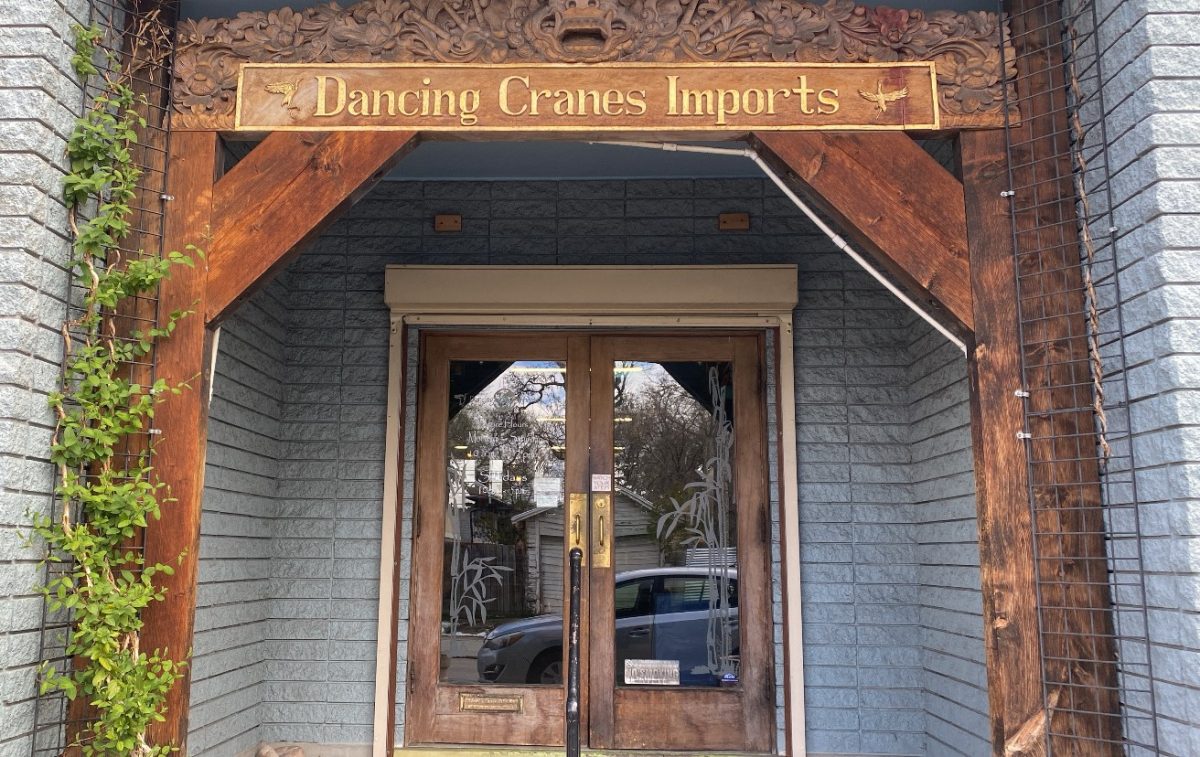In Mexico, parents of a child with Rett Syndrome, a neurodevelopmental disorder, were amazed when a U student taught them to communicate with their child using eye contact.
“They thought I was a miracle worker,” said Erin Farrer, a graduate student in special education.
Farrer is going back to Mexico this summer with a group called YouthLinc, a program that brings students face to face with world issues and encourages them to be humanitarians abroad as well as in their own community.
“The goal is to create lifetime humanitarians,” said YouthLinc coordinator Judy Zone. “The service they do becomes a habit.”
Students majoring in special education, occupational therapy and physical therapy can earn class credit as they treat children with mental and physical handicaps. For the students, it is a chance to gain cultural understanding of children they may be seeing in their career fields.
In Ocotlan, Mexico, students will have the chance to work one-on-one with the town’s special education instructors. ?
“We’re not the Americans coming to save the day,” said Patricia Matthews, the class instructor. It is a project designed for parents and teachers in Mexico to learn skills to help children with disabilities.
Matthews said that in the United States, parents usually find out about a disability earlier and have more adequate access to assistance than those in Mexico.
While visiting Piedras Negras, Mexico, Matthews met a family that spent one-third of its monthly income paying for technology to help its disabled child.
Through YouthLinc, participants alleviate some expenses by bringing technology such as leg braces and wheel chairs with them. Participants then fit them to a child’s specific needs. ?
Matthews said one of the most difficult things she experienced on her trip was seeing children with atrophied limbs that potentially could have been saved.
Zone has noticed remarkable improvements in the conditions of children in Mexico since the program first started in 2003. A child who is in a wheel chair one year may be in a walker the next year.
Besides treating the sick, participants attempt to change the negative attitude toward the disabled by educating members of the community. This is seen as one of the program’s biggest challenges, Zone said. ?
In Piedras Negras, a 15-year-old child named Griselda had a spastic disorder that caused her to uncontrollably flail her arms. Although she was completely normal mentally, others saw her as an embarrassment.
Occupational therapy participants showed Griselda a technique to stop the flailing. This helped many in her community realize that although she had a condition, she shouldn’t be seen as an embarrassment. ?
Occupational therapy isn’t a common practice in Mexico. Often, disabled children rely solely on their parents for support. Because of this, parents have been known to stay at school with their disabled child while class is in session. ?
Farrer worked with 100 children last year and participants expect to see many more this year.
Students choosing to participate did not simply sign up for the class. They earned the right through performing community service.
Each student is required to do at least 60 hours of community service to earn scholarships for half the cost.
Farrer worked with elementary students and volunteered at the National Leukemia Lymphoma Society this year to earn money for the trip.
“We don’t want to just give them money to go,” Matthews said. “The things they do here help fund their trip.” ?
Students who participate aren’t required to be fluent in Spanish. However, they do learn enough to communicate.
This year’s trip is from June 21 to July 1. Participants will be traveling to Ocotlan, Mexico. There they will take part in a number of projects at La Escuela de Educacin Especial, a school for children with disabilities. They will also be provided with lodging, water, chaperones and a medical team.
The U is the only Utah school that has developed a course around the project. However, students from Westminster, Utah State and local high schools also participate.
YouthLinc is also in partnership with Utah Rotary, which is part of the world’s largest non-political, non-religious service organization.
More than 100 students have participated in the past four years.
Students who want to participate can apply online at?http://youthlinc.org. Four trips are available each year that go to Kenya, Peru and Mexico. Another trip is provided for the program’s alumni. ?

The leaders of the YouthLinc trip to Mexico, Krista Ingle and Peter Ingle, prepare for their last meeting before the trip in June with U student Erin Farrer. The philanthropic trip will take the students to La Escuela de Educacion Especial, a school for students with physical or mental disabilities in Ocotlan, Mexico.

Gary Robinson, a graduate in occupational therapy, works with a disabled child in Ocotlan, Mexico, as part of last years YouthLinc program. The program encourages students to be humanitarians abroad as well as their own community.











